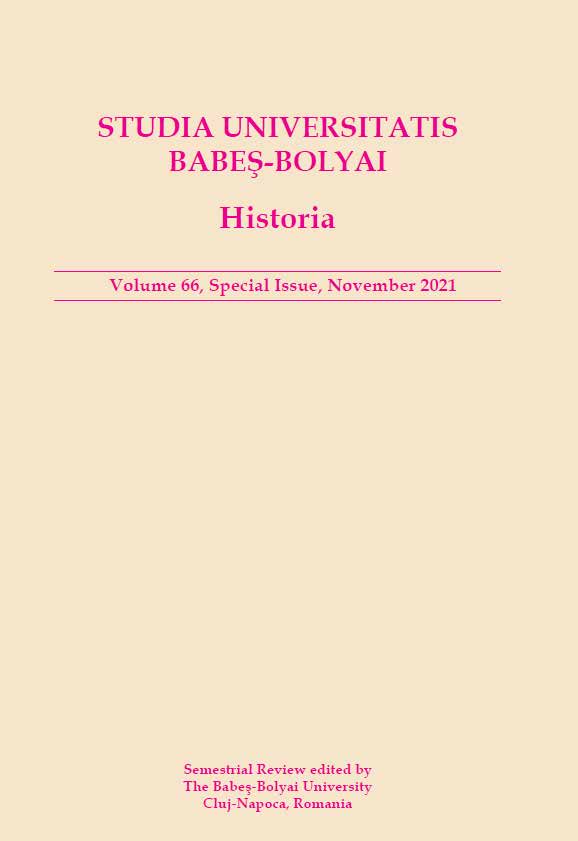THE BOOK AS OBJECT OF LAY DEVOTION IN LATE MEDIEVAL TRANSYLVANIA (FIFTEENTH – SIXTEENTH CENTURIES)
THE BOOK AS OBJECT OF LAY DEVOTION IN LATE MEDIEVAL TRANSYLVANIA (FIFTEENTH – SIXTEENTH CENTURIES)
Author(s): Paula CotoiSubject(s): Middle Ages, Modern Age
Published by: Studia Universitatis Babes-Bolyai
Keywords: religious books; devotional practices; pious donations; last wills; laity;
Summary/Abstract: Research on late-medieval religiosity in Central and Western Europe has shown that religious books were not only possessed, but also read, and sometimes even copied or disseminated by laymen. The need for a better definition of the relationship between the laity and the religious text leads to the formulation and intensive discussion of concepts such as devotional reading, culture of religious reading, or vernacular theology. Several examples of works that belonged to late-medieval Transylvanian laymen suggest the opportunity and, at the same time, the need to ask whether similar dynamics of pious behaviour can be discussed in their case. In order to provide a convincing answer, this study proposes an analysis of these books from at least three perspectives: theme, language, formal characteristics. The most interesting information is offered, however, by property notes, which suggest that the devotional potential of the book was not activated by reading, but rather by donation. By offering solutions to the everyday necessities of ecclesiastical institutions, these gifts were designed to ensure personal salvation as well. In order to support this hypothesis, I will also address another category of sources from which mentions regarding this kind of donations can be recovered, i.e. last wills.
Journal: Studia Universitatis Babes-Bolyai - Historia
- Issue Year: 66/2021
- Issue No: Sp.Issue
- Page Range: 27-42
- Page Count: 16
- Language: English

